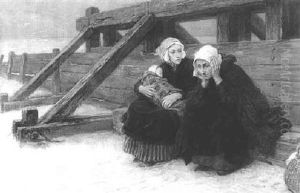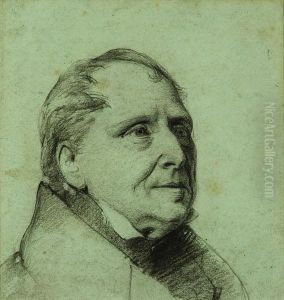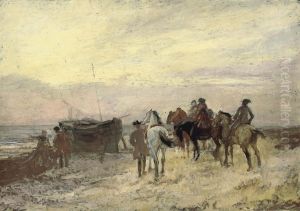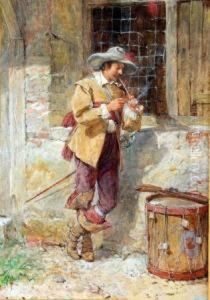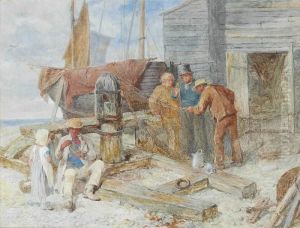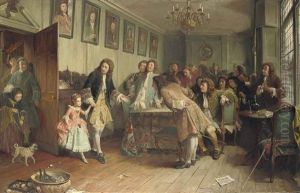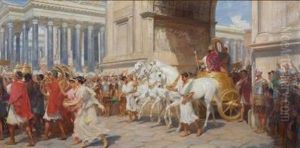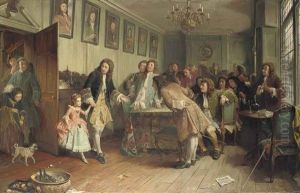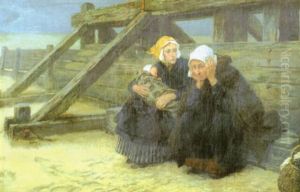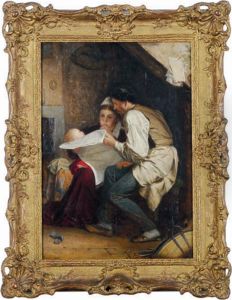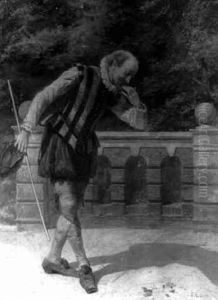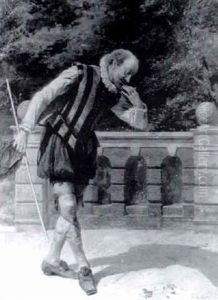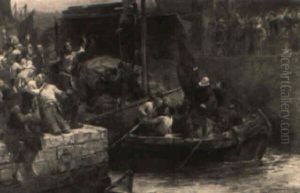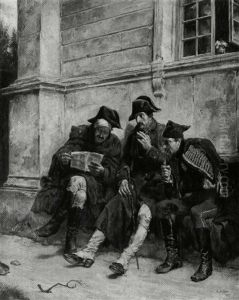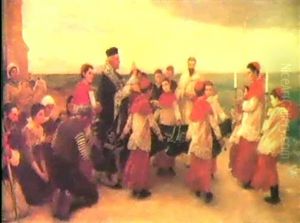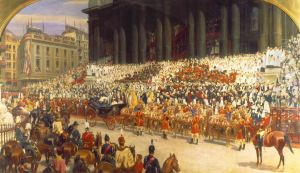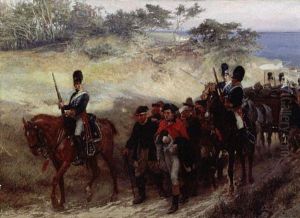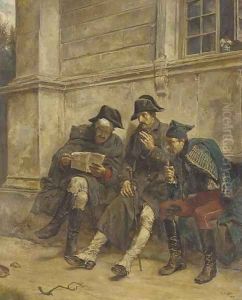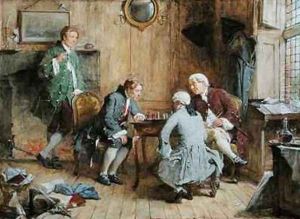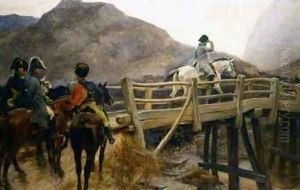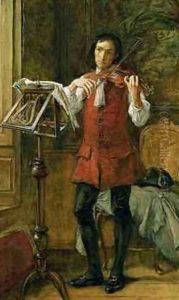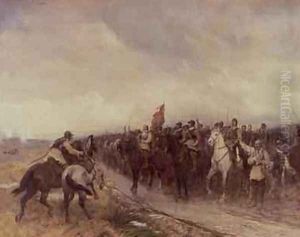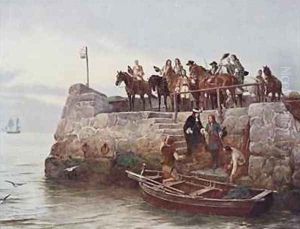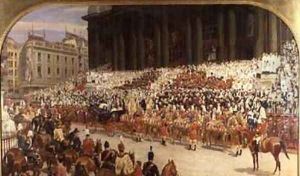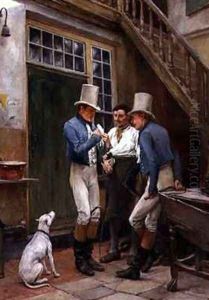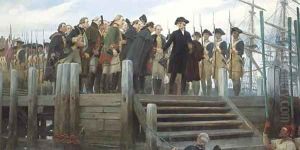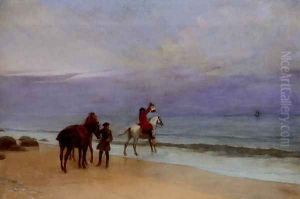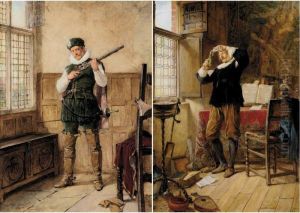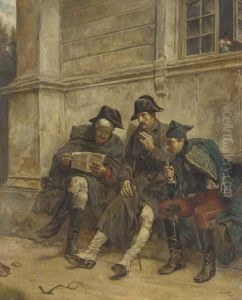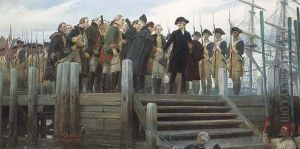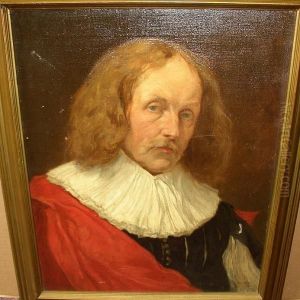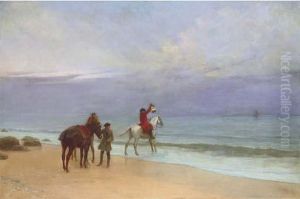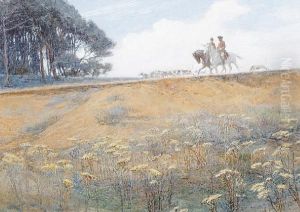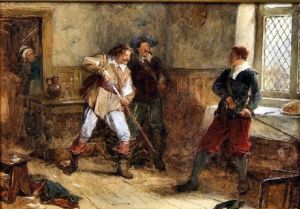Andrew Carrick Gow Paintings
Andrew Carrick Gow was a British painter known for his historical scenes and portraits. He was born on June 15, 1848, in London, England. Gow developed an interest in art at a young age and pursued his passion by studying at the Royal Academy Schools, where he was influenced by the works of historical painters and the academic tradition.
During his career, Andrew Carrick Gow exhibited many of his works at the Royal Academy and also at other notable venues such as the British Institution and the Royal Society of British Artists. His paintings often depicted scenes from British and European history, characterized by detailed and dramatic compositions. In addition to historical subjects, Gow also painted a number of portraits and genre scenes, showing scenes from contemporary life.
Gow was well-regarded in his time, and his works were appreciated for their historical accuracy and vivid storytelling. His attention to detail and ability to capture the essence of the period he was depicting made his paintings popular among art collectors and the public. Some of his notable works include 'The Arrest of the Five Members by Charles I' and 'Napoleon at Bayonne'.
Throughout his life, Gow received several accolades, reflecting his contribution to the British art scene. He became an Associate of the Royal Academy in 1881 and was later made a full Royal Academician in 1896. His commitment to his craft and his impact on the art world remained significant throughout the late 19th and early 20th century.
Andrew Carrick Gow passed away on July 1, 1920. His legacy includes a collection of finely crafted historical paintings that continue to be studied and admired for their artistic merit and portrayal of historical events. Gow's work is represented in various art galleries and museums, where it is still appreciated by scholars and enthusiasts of historical painting.
